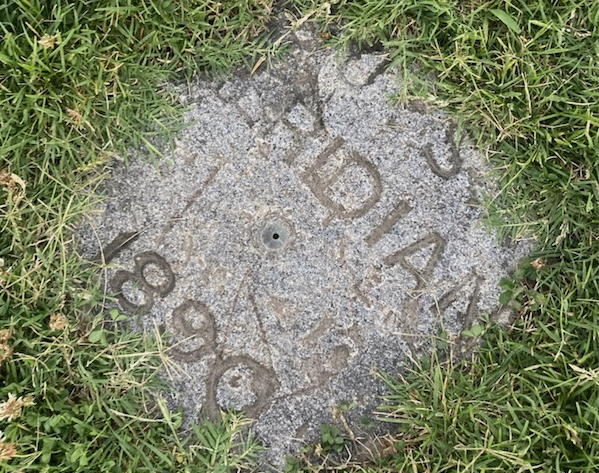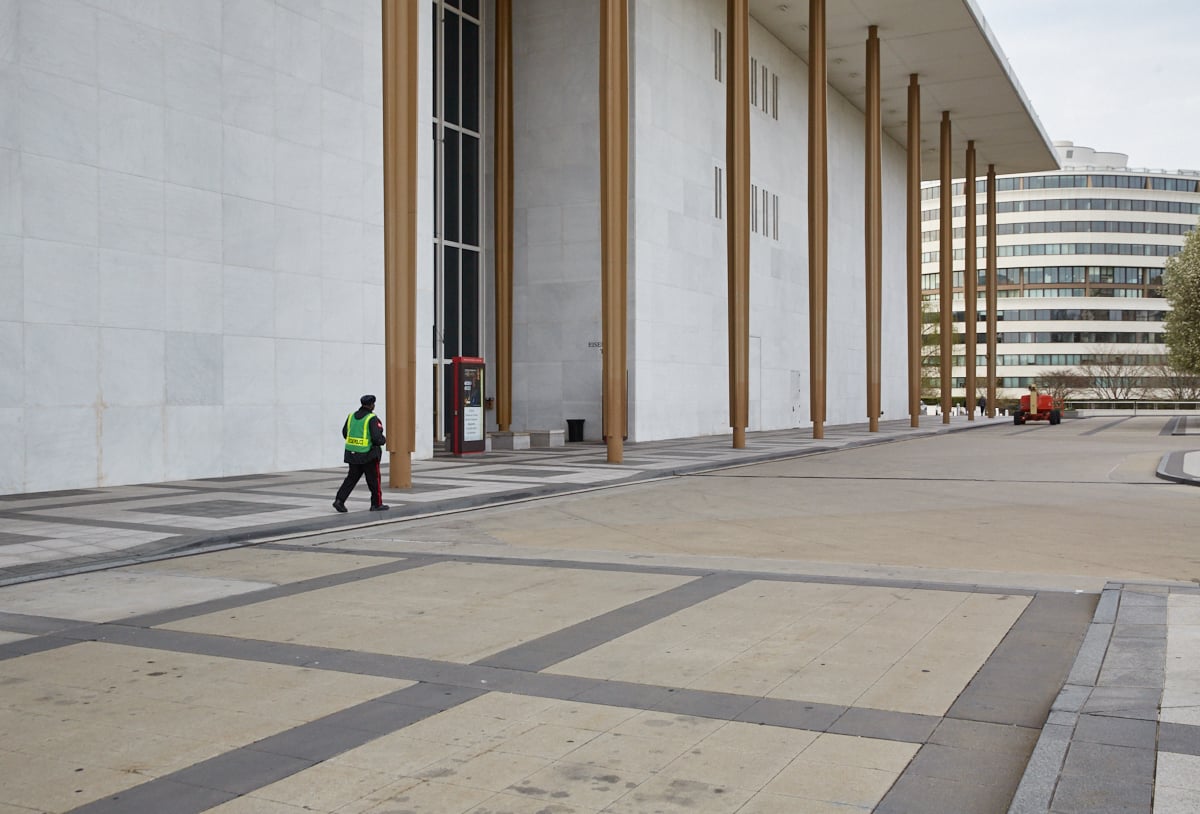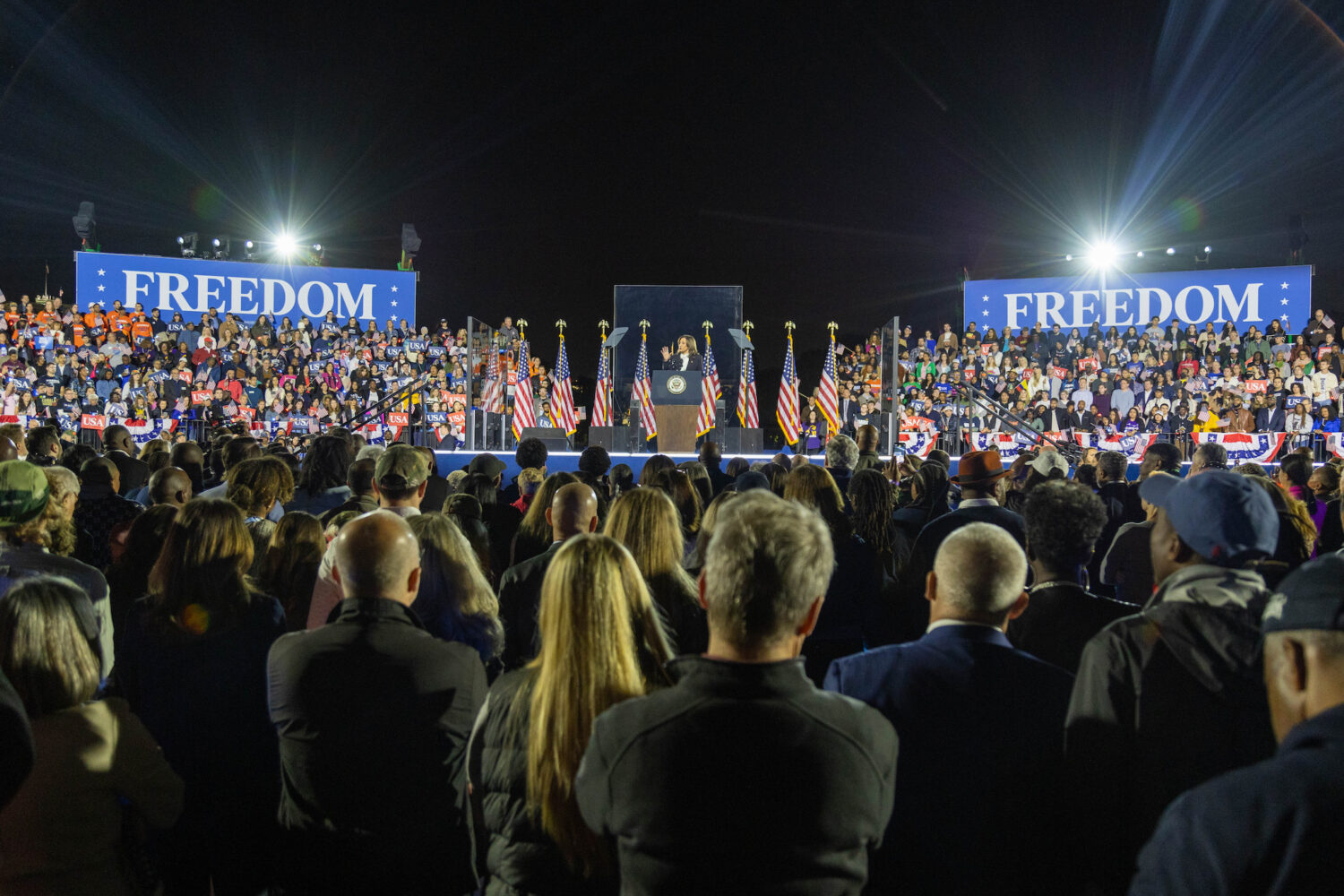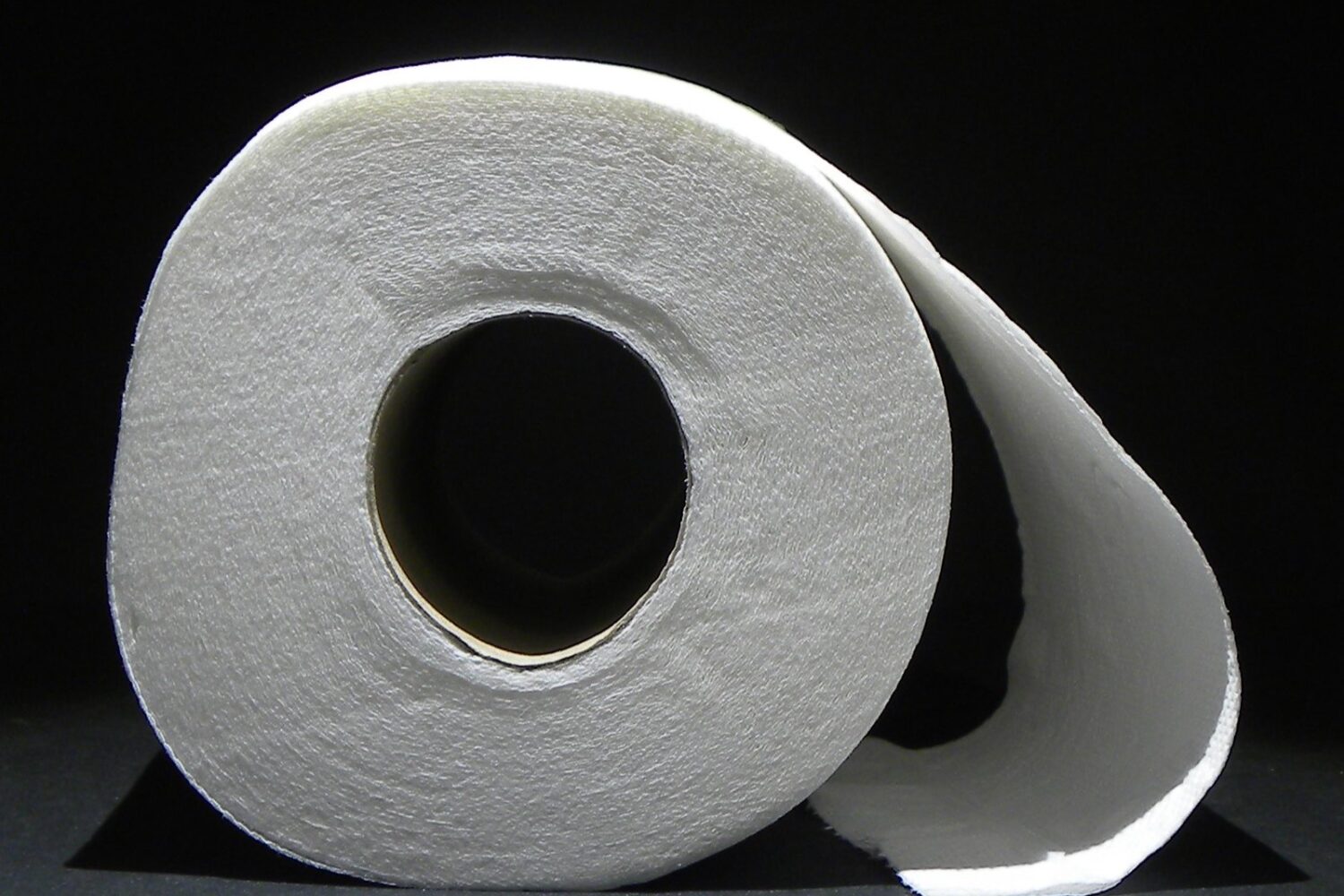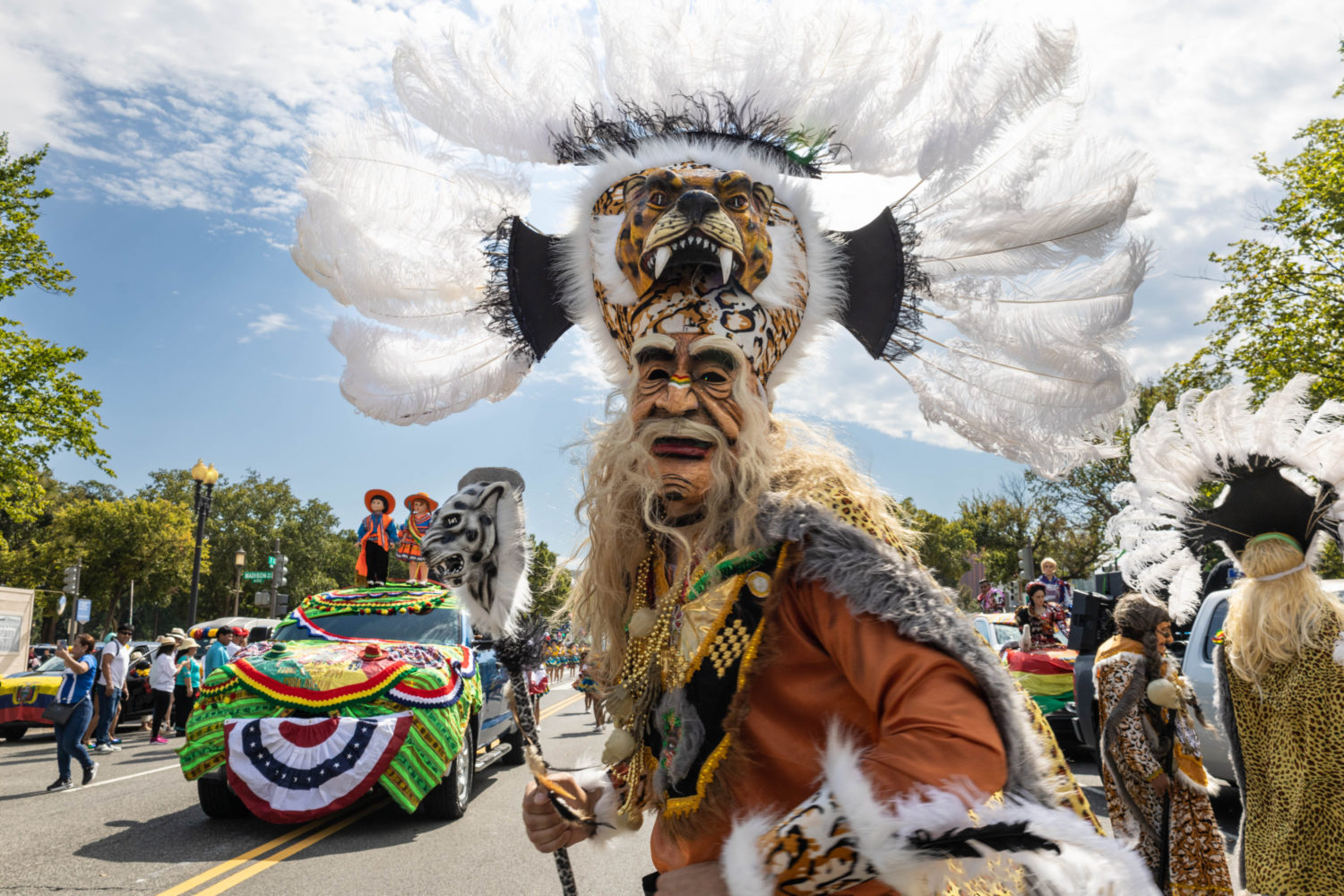On January 6th, 2021, Donald Trump held his notorious rally on the Ellipse, whipping his supporters into a Capitol-sacking frenzy. For this, it’s possible that he will face criminal conspiracy charges. But that’s not the Ellipse conspiracy that we are here to explain. We are here to tell you about a pair of English gentlemen who believe that there’s a secret chamber underneath the Ellipse—one possibly containing Freemason treasures. Buckle up, because this is basically the Da Vinci Code.
The Freemason treasure theory rests on a little-known feature of the Ellipse’s grounds: At the exact geographic center of the oval-shaped park lies a flat stone engraved with the words “U.S. Meridian 1890.” Back in the 19th century, Thomas Jefferson lobbied to create an American prime meridian that ran through the front door of the White House. It’s an antiquated idea that was never adopted, but the Ellipse meridian stone—an inconspicuous, weathered slab sitting flush with the grass—still quietly marks that Jeffersonian axis.
Amateur historians Alan Butler and Christopher Knight, who live in Yorkshire, run a bizarre website called “Washington DC’s Chamber of Secrets,” where they lay out their case for the buried Freemason treasure. They write that when Pierre L’Enfant was planning the city, the site where the Ellipse meridian stone now sits “was considered to be the most important place in Washington DC.”
This improbable claim rests on an obscure and disputed theory of ancient measurements that was proposed by an Oxford engineering professor named Alexander Thom. In the 1950s, Thom began obsessively surveying prehistoric structures, eventually concluding that a common unit of measurement underlies their geometry. He called it the “megalithic yard,” equivalent to about 2.72 feet.
While the archeological community vehemently disputes Thom’s research, Butler and Knight are believers. They write that while attempting to “rescue [Thom’s] reputation,” their research led them to suspect that it’s not just ancient structures that use megalithic geometry, but also more contemporary ones with Freemason ties. To prove this, they “cast around the world for purpose-built cities or structures” that were “planned in the 18th century” by people with Masonic connections. For that, Washington “fitted the bill perfectly on all counts.”
From England, Butler and Knight used Google Earth to measure distances between DC landmarks; they claim that the widest part of the Ellipse measures exactly 366 megalithic yards, and that the distances between the Ellipse meridian stone and other significant DC locations (like Dupont Circle) are all exactly divisible by 366 megalithic yards. When drawn onto a map, they say, it forms “a giant and elaborate arrow, quite definitely and deliberately pointing to the very centre of the Ellipse.”
At the center of the Ellipse, of course, is the meridian stone—but why would an enormous arrow embedded into the streetscape of the nation’s capital point to a tiny and virtually unknown marker of a meridian that was never used? Well, Butler and Knight believe that the stone marks an underground chamber full of ancient Freemason treasure. (What this chamber might contain, they do not claim to know—although they mention something called “Enoch’s triangle of gold.”)
The evidence for this theory amounts to an obscure government document from 1880 in which the civil engineer Thomas Lincoln Casey—who oversaw the completion of the Washington Monument—makes an offhand reference to some unfinished work at the center of the Ellipse: “The grading, soiling, and seeding of the central ellipse has been completed, excepting a small area in its center, left by reason of an incompleted sewer in charge of the District Commissioners.”
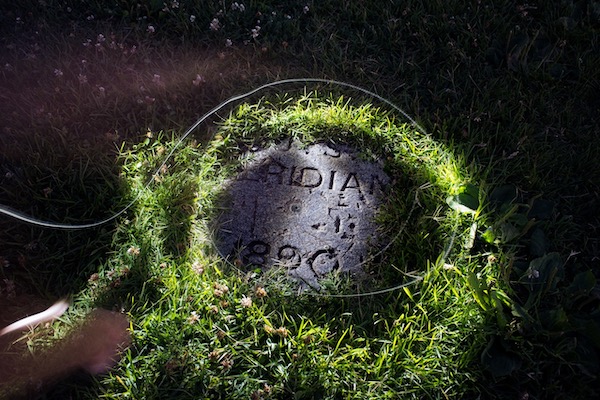
“We have to ask ourselves whether this ‘sewage work’ was anything of the sort,” Butler and Knight write, noting that the president at the time was Andrew Johnson, “a known 33 degree Scottish Rite Freemason.” They claim that the Ellipse is “a strange place to do anything with sewers at that period,” leading them to believe that “the work at the center of the Ellipse was the excavation and creation of a chamber.”
Unfortunately for the Freemason treasure theory, it’s possible to check whether there’s sewer running under the Ellipse. “I’m looking at a modern computer map right now that tracks every abandoned and current sewer pipe in the city,” says the journalist Elliot Carter, an expert on DC tunnels. “Yep, there’s a 116-inch circular sewer that crosses the Ellipse and the White House grounds. It’s the kind of thing that you could drive a bus through.” Carter sent us a map from 1885, five years before the meridian stone was laid. “Looking at the White House and Ellipse grounds—I mean, they were constructing major stuff under there,” he says.
Carter points out that the Washington press covered 1880s infrastructure projects in granular detail, much like Metro Silver Line construction is covered today. “It’s easy to get on the internet now and wonder if there could have been these large, unaccounted-for projects back then, but the major work they were doing is extensively documented, and a big underground chamber of secrets is not mentioned.”
Nonetheless, this is not the only wild theory of this sort; DC tunnel conspiracies have apparently flourished for the past 200 years. “Tunnels and power and intrigue—these things go together,” Carter explains. But in recent years—particularly surrounding Pizzagate and January 6th—these conspiracies have become more sinister. A particular QAnon fixation is the (false) belief that pedophilia rings operate via underground tunnels. “It’s people who don’t know anything about Washington, DC, making this place seem sinister for their own purposes,” Carter says.
Butler and Knight aren’t in the same universe as QAnon: Their theory predates the Trump era, and their preoccupations run more towards ancient geometry than modern politics. But Carter is skeptical of any speculation about unidentified elites conspiring to secretly build underground. And there’s good reason to be dubious—Butler and Knight are the authors of many eccentric tracts, including one in which they earnestly argue that the moon was built by time-traveling humans from the future. So if you’re heading to the Mall to see fireworks this weekend, we recommend against digging up the Ellipse. You’ll almost certainly get arrested for unearthing a historical sewer.

